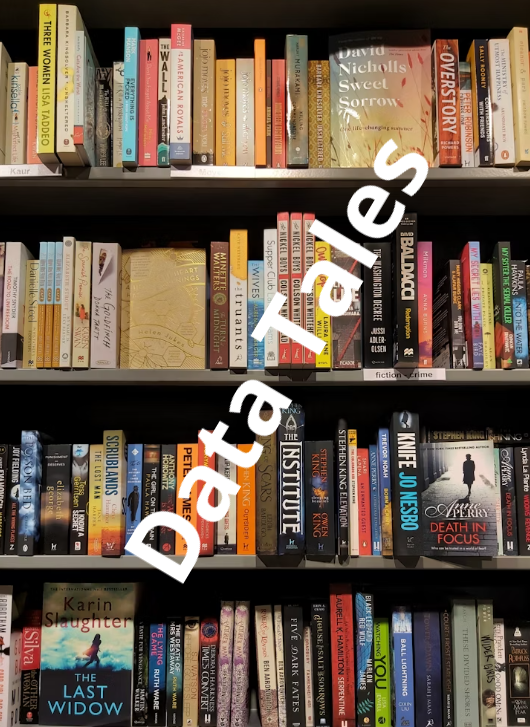
SQL Interview: 92 SELECT without specified order
This is a post in the SQL Interview series. These aren’t trick or gotcha questions, they’re just questions designed to scope out a candidate’s knowledge around SQL Server and Azure SQL Database.
Section: Development Level: Intro
Question:
You issue the following query against the dbo.Customers table:
SELECT * FROM dbo.Customers;
The table has a clustered index on the CustomerID column.
When you have not specified an ORDER BY clause, which order will the rows be returned in?
2025-11-29








